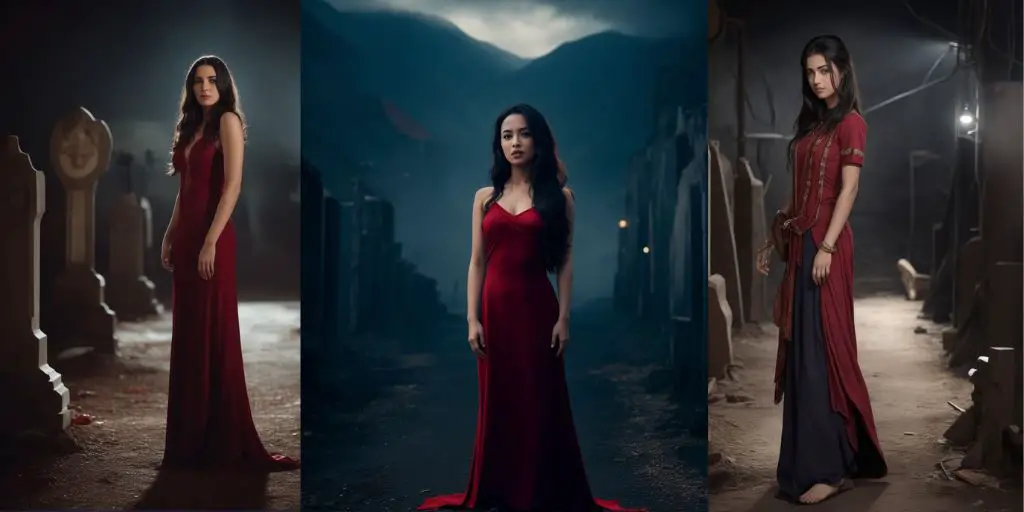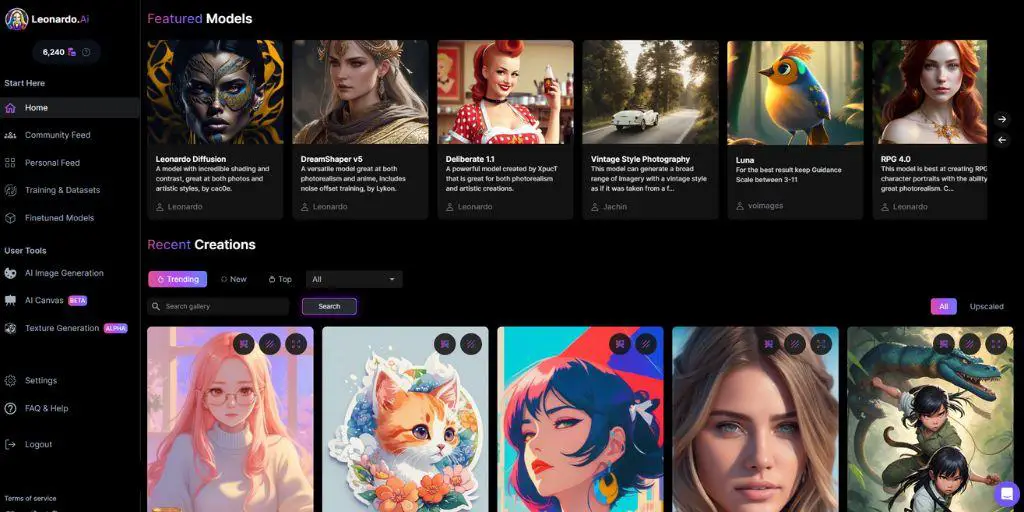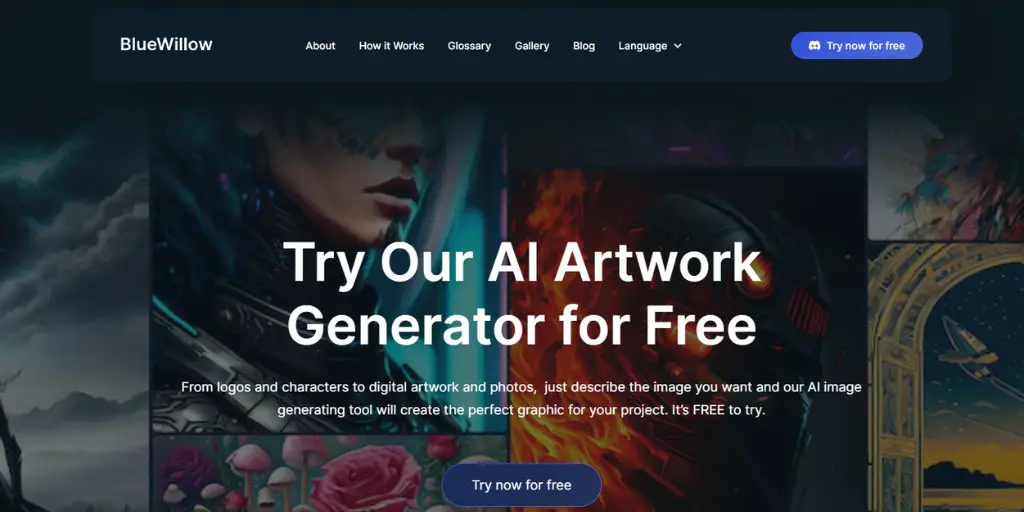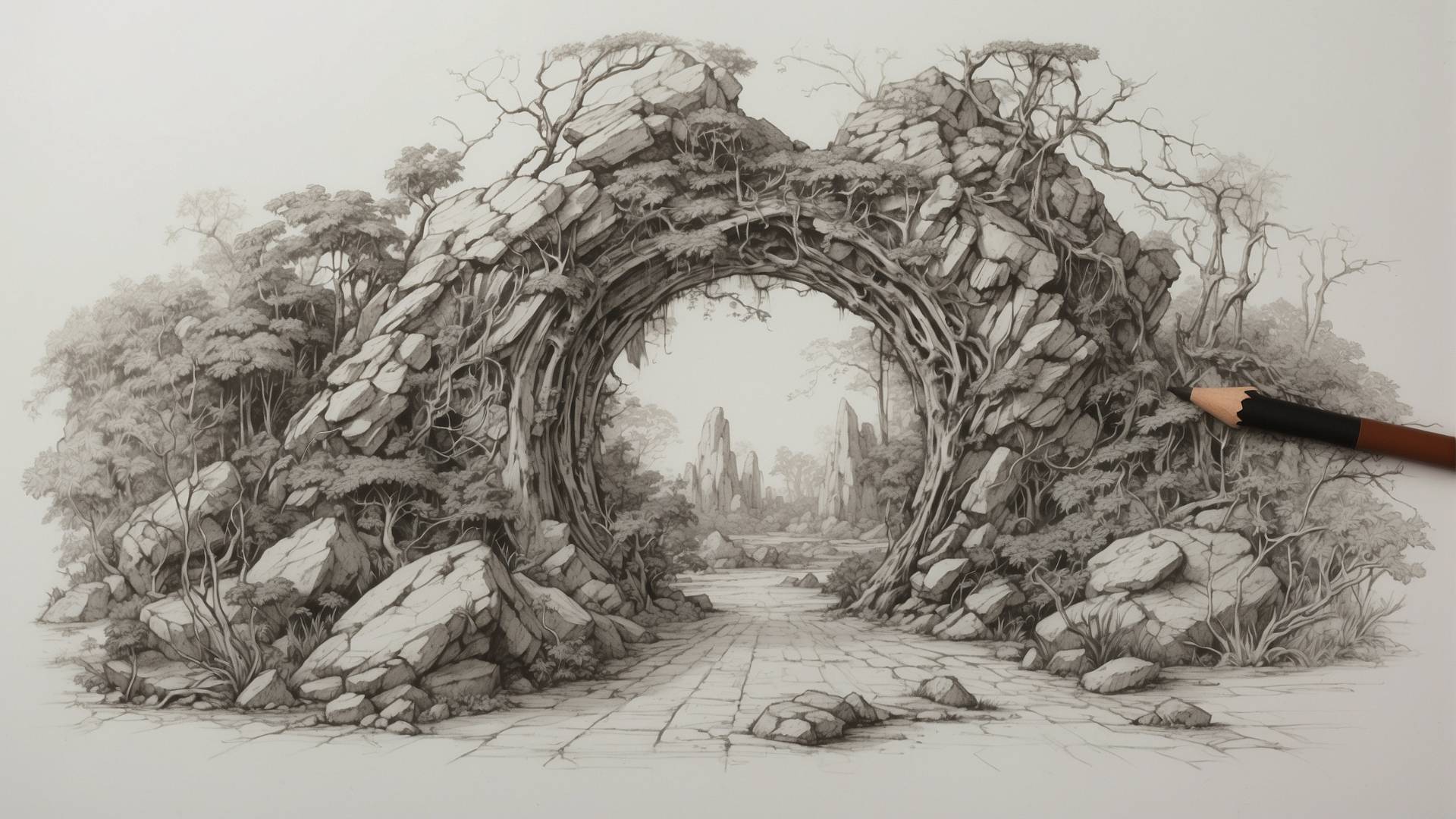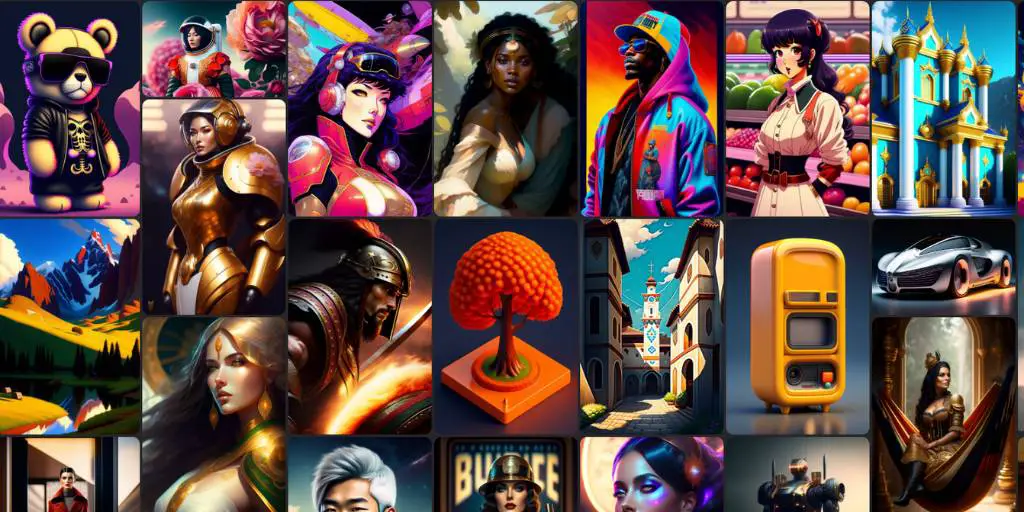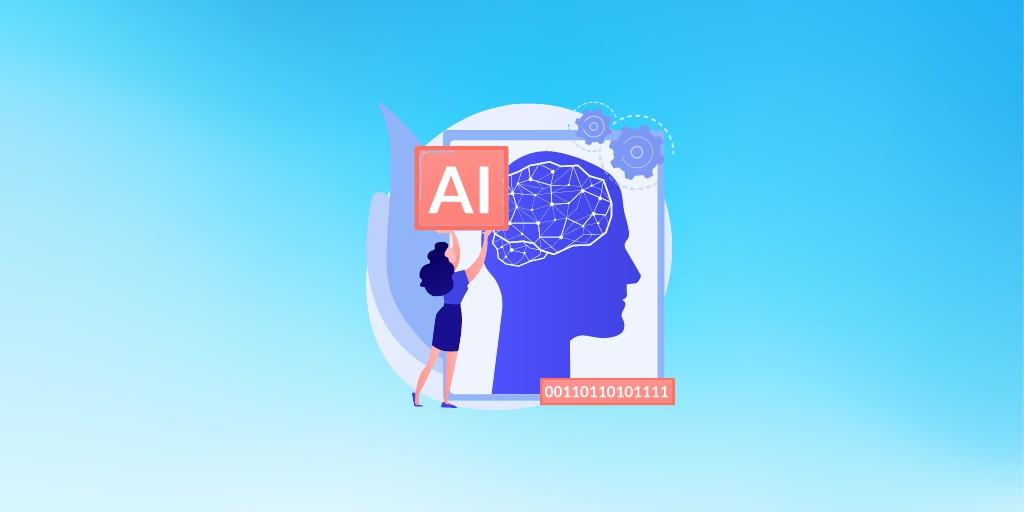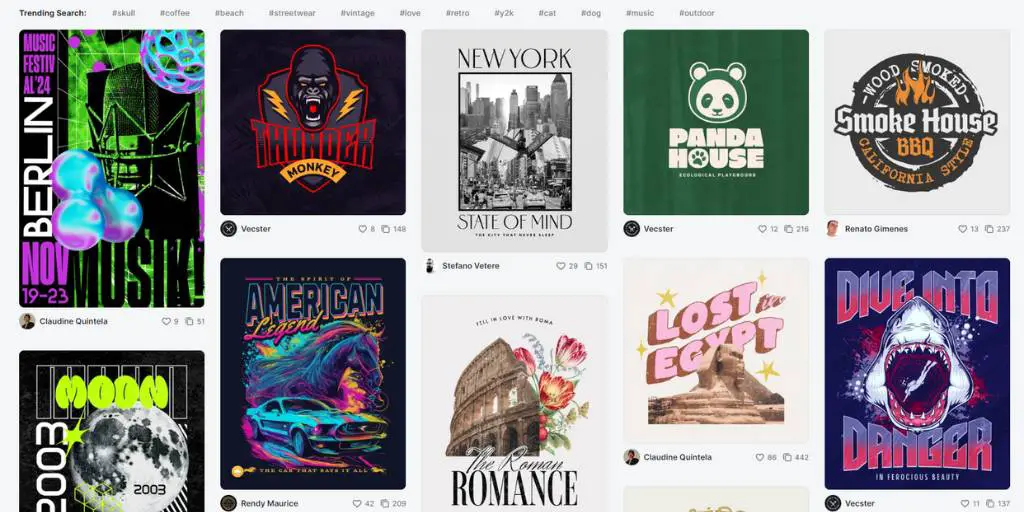As an often user of AI image generators, I find Leonardo to be a personal favorite, standing out for its intuitive interface, advanced features, extensive range of artistic styles, and cost-effective pricing plan.
The feature that particularly grabs my attention is the Image to Image tool, and if you’ve been searching for an in-depth look at Image to Image on Leonardo, you’ve landed in the right place.
Starting With the Basics
To begin your journey with Image to Image on Leonardo AI, you need to choose a suitable model for high-quality image generation.
Start by navigating to the Leonardo AI main page.
On the left-side menu, you’ll spot Finetuned Models – give it a click.
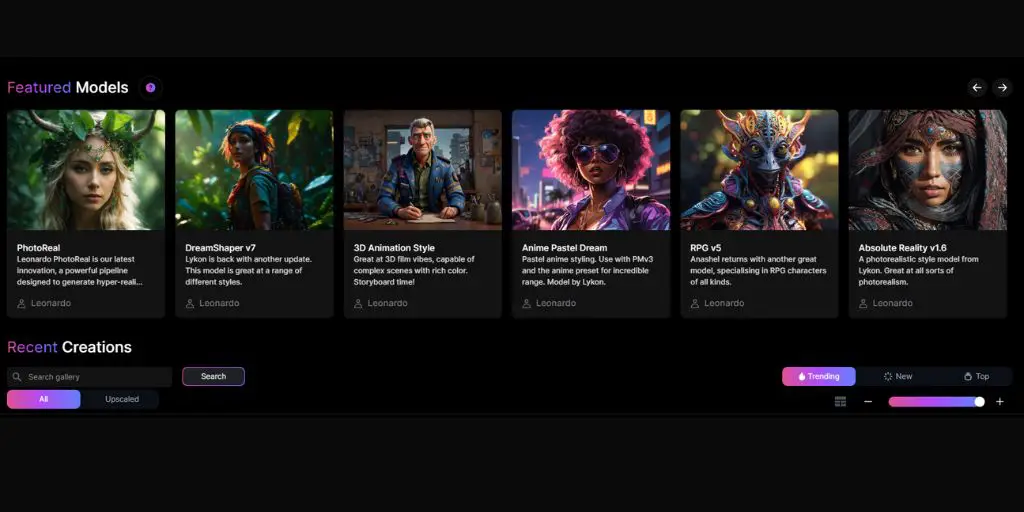
What this does is it opens a treasure trove of platform and community-shared models, ready for you to sift through and select the one that tickles your fancy.
For this guide, let’s go with a novel model known as Absolute Reality.
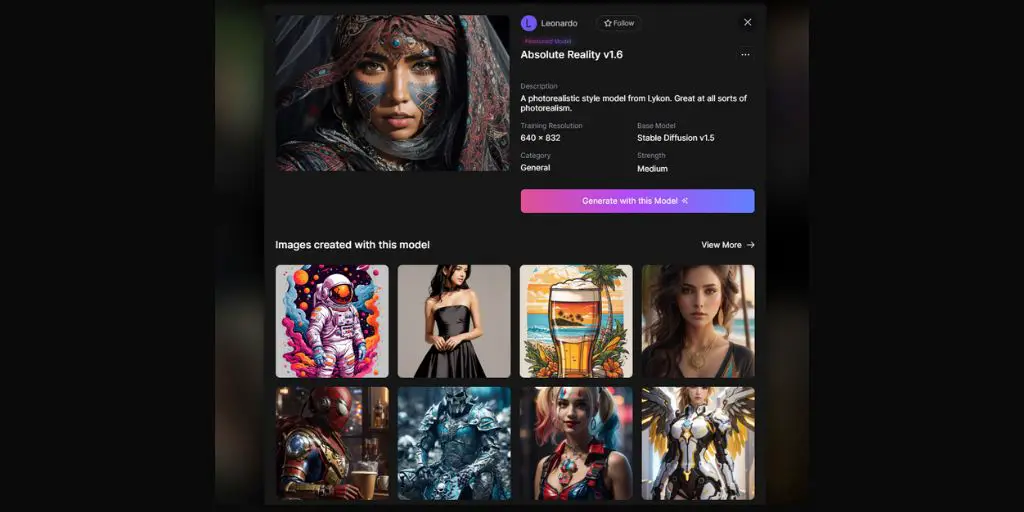
A simple click on the model, followed by clicking Generate with this Model in the pop-up window, will lead you to the Image Generation interface.
Image Generation
Once in the Image Generation interface, take a moment to confirm that Absolute Reality is active.
Pay attention to the pre-set image dimension menu – it matches the dimensions the model was trained on. This ensures that the Finetuned model will deliver optimal results with the recommended dimension.
Don’t worry if you have a different aspect ratio in mind, as modifying the dimensions won’t significantly impact the quality of your outputs.
Exploring the Image to Image Tool
To fully use Image to Image on Leonardo, we now turn our attention to the Image to Image feature.
Located at the bottom of the left sidebar, you can activate this tool with a simple click on its respective button.
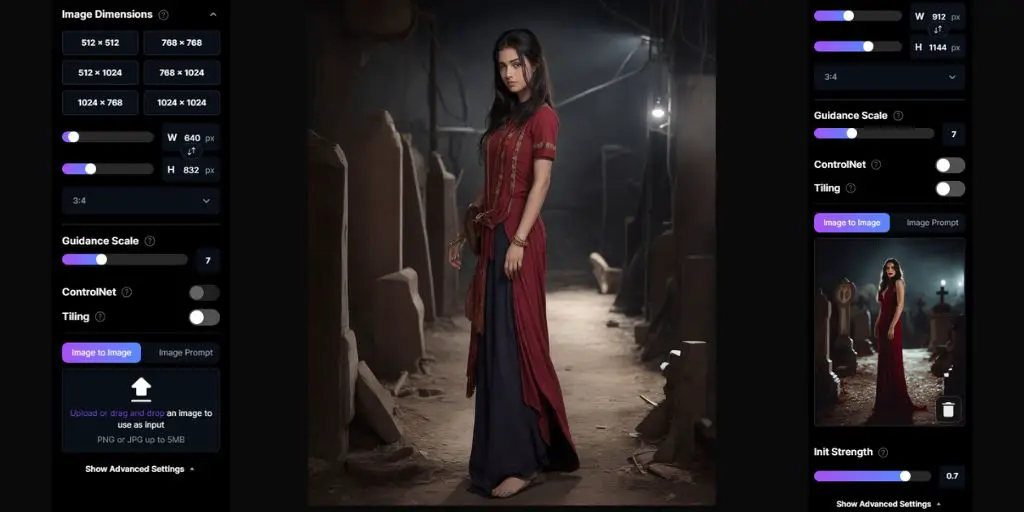
Directly beneath this button, you’ll discover the image upload tool. It’s here that you can upload the image you wish to work with.
Drag and drop the image into the provided box or select it from your computer – it’s as easy as that. Upon importing, you’ll see the size setting automatically adjust to match the aspect ratio of your uploaded image.
Getting into the Command Prompt
Now we delve into the exciting part – the command prompt.
This is where you instruct Leonardo with the term “as per image” to create a generated image that mirrors the pose of your input image.
There’s also an option to activate the negative prompt if there’s something you want to remove from the image.
Playing with Parameters
Crucial to this process is the “Init Strength” parameter. It’s the determining factor of how much the image will influence the final result.
To illustrate this, let’s create two images with the strength parameter set to its maximum value of 0.7.
Within a blink of an eye, you’ll have two or more images that highlight the level of similarity between the results.
Don’t limit yourself there, though. The beauty of Image to Image on Leonardo is the ability to push the boundaries by exploring different settings.
If you set the init strength to a lower value, say 0.2, you’ll see that the two images you get bear no resemblance to your original image. This illustrates why it’s essential to find the optimal strength value for your desired results.
The Power of the Image Prompt Tool
If you’re looking to have even more control over the resulting images, consider using the Image Prompt tool.
Located next to the Image to Image button, activating this tool and uploading your image into the dedicated box opens up a whole new world of possibilities.
The true power of the Image Prompt tool lies in the ability to adjust two parameters: Image Weight and Prompt Magic Strength.
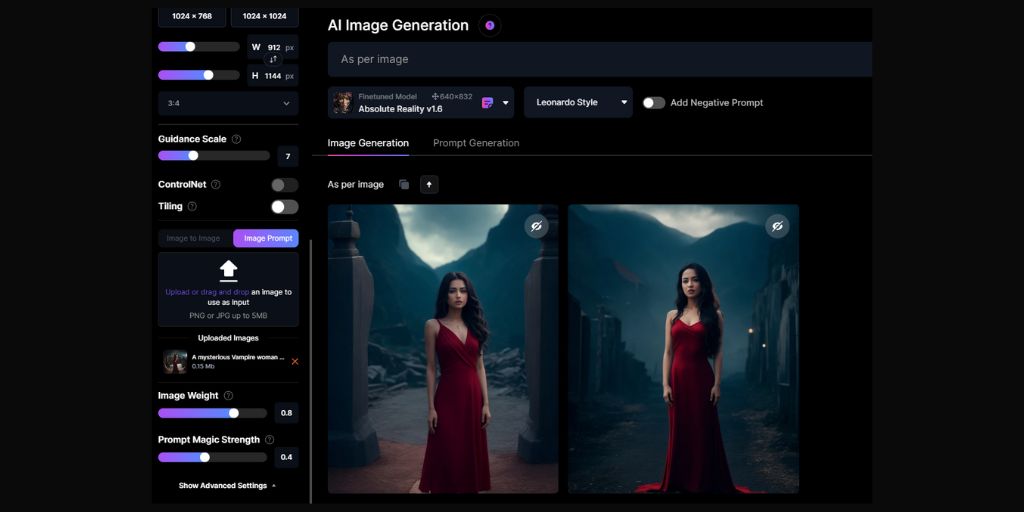
Image Weight measures the similarity between the generated results and the original image.
Cranking up this value will result in outcomes more akin to your original image.
Prompt Magic Strength, when set to maximum, shows that you’re sticking closely to the text prompt used for image generation.
I prefer setting the Prompt Magic Strength to around 0.4 or 0.5 and the Image Weight between 0.7 and 0.9 for consistently desirable results.
While the resulting images are similar to the original, they still have a unique touch.
Conclusion
Remember that the final images can vary more when using a different finetuned model, significantly affecting the outcome.
So, don’t hesitate to experiment with both the Image to Image and Image Prompt tools to discover which one serves you best in your creative journey with Leonardo AI.
There you have it – a deep dive into the potential of Image to Image on Leonardo.
FAQs
Can you tell me more about Leonardo AI’s Image to Image tool?
Think of Leonardo AI’s Image to Image feature as a virtual art studio where you can tweak and reimagine your uploaded images in a variety of styles and sizes. It’s an incredibly useful tool that helps you produce unique renditions of your original work based on the guidelines you provide.
How exactly does Leonardo AI create new images?
Leonardo AI is pretty much like a digital artist. It starts by selecting a model, which you can think of as a type of artistic style. There are plenty of pre-made models to choose from, or you can use the “Finetuned Models” for a more personalized touch. From there, the tool follows your instructions, defined by the parameters you set, to generate an image that matches your requirements.
What’s the role of the Init Strength parameter in Leonardo AI?
You can think of the Init Strength parameter as the “influence dial” on Leonardo AI. By tweaking this dial, you control how much of the original image is reflected in the final product. A high setting will keep a lot of the original details, while a low setting will allow Leonardo to explore more creative interpretations.
How does Leonardo AI’s Image Prompt tool come into play?
The Image Prompt tool is a bit like giving Leonardo AI more specific instructions about the image you want. By adjusting the Image Weight and Prompt Magic Strength, you can specify how closely you want the results to mirror the original image, and how strictly you want to follow the text prompt you’ve used for the image generation, respectively.
Can you elaborate on the importance of Image Weight and Prompt Magic Strength in Leonardo AI?
Of course! Image Weight and Prompt Magic Strength are the two dials you get to control when using Leonardo AI’s Image Prompt tool. The Image Weight dial lets you decide how closely you want the results to match the original image, while the Prompt Magic Strength dial shows you how much emphasis you’re putting on the text prompt used for image generation.
By adjusting these dials, you essentially guide Leonardo AI in the image generation process.
Am I allowed to change the aspect ratio of the images produced by Leonardo AI?
While Leonardo AI does have a preferred canvas size (based on what the model was trained on), you’re tree to switch things up. You can change the aspect ratio to whatever suits your needs best and don’t worry, it won’t have a significant impact on the quality of your final artwork.
Does the selection of a model in Leonardo AI make a difference to the Result?
The model you choose is kind of like the artistic style of your final piece. Each model in Leonardo AI might have been trained with a different aesthetic or data set, leading to distinct outputs. Feel free to try other models and enjoy the creative possibilities that each one brings to your work.
BONUS FOR YOU: Get the Digital Product Starter Kit and start building your own online business today.
Here Are Some of My Favorite Tools For Print-on-demand
As a graphic designer and POD seller, I’ve had the opportunity to discover different helpful products and tools that can be time-saving and make the process of creating your designs a bit smoother.
DESIGNS: Kittl (best for t-shirt designs), Vexels (for professional designs), Placeit (for unique product mockups)
GRAPHICS: Creative Fabrica (cheapest marketplace), Envato Elements (more variety)
SELLING DESIGNS: Creative Fabrica (for advanced graphic designers)
ETSY:
- Research – Alura (best), EverBee ( beginners), Sale Samurai (cheap)
- Fulfillment – Printul (beginners), or Printify (advanced).
Disclosure: Some of the links above may contain affiliate partnerships, meaning, at no additional cost to you, NechEmpire may earn a commission if you click through to make a purchase.

